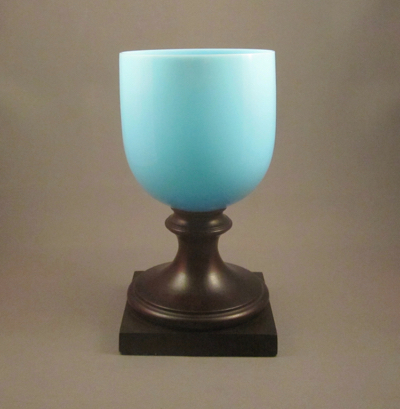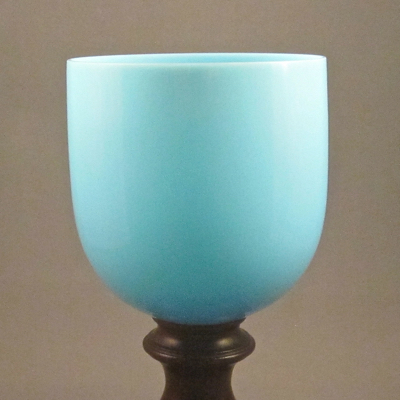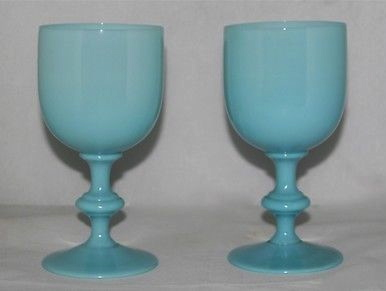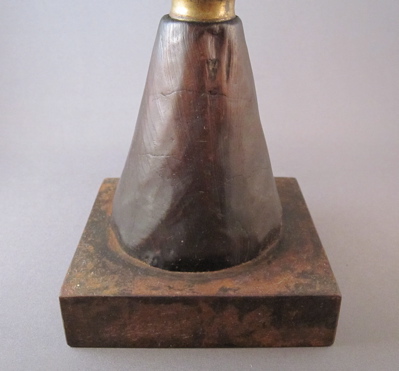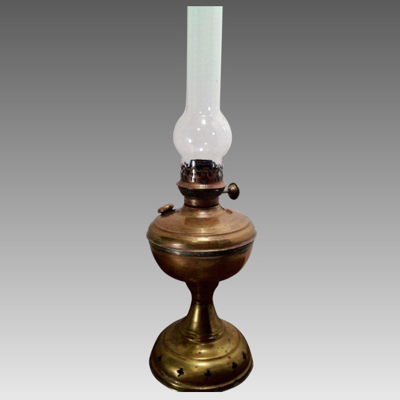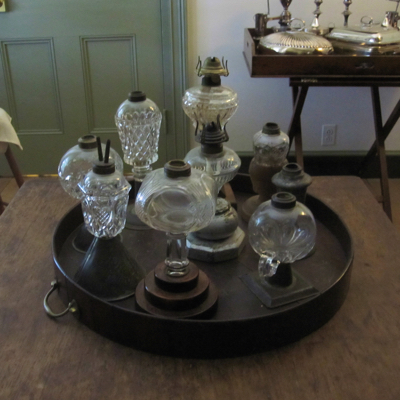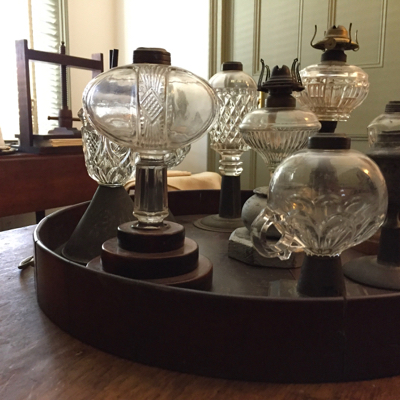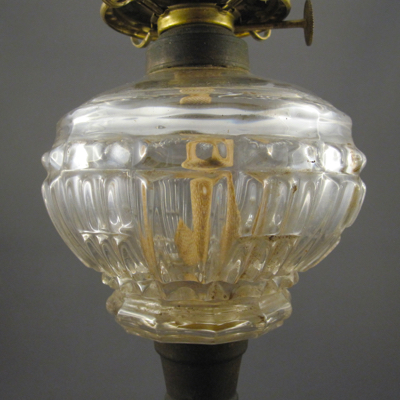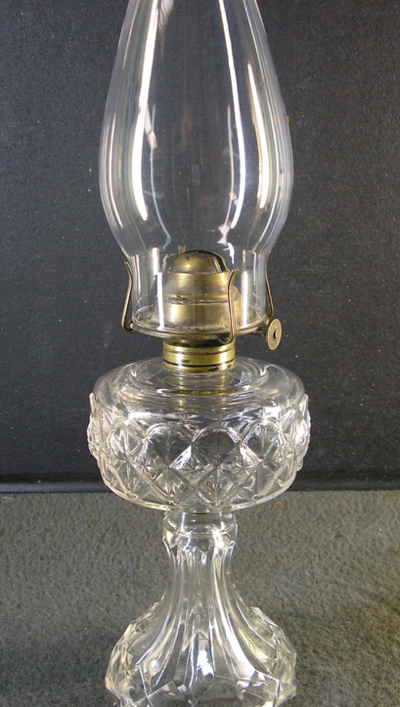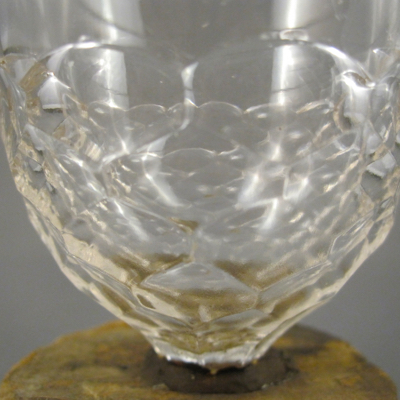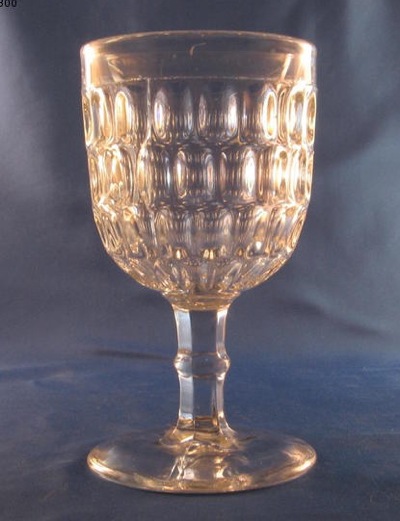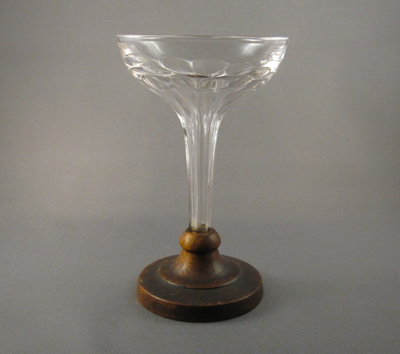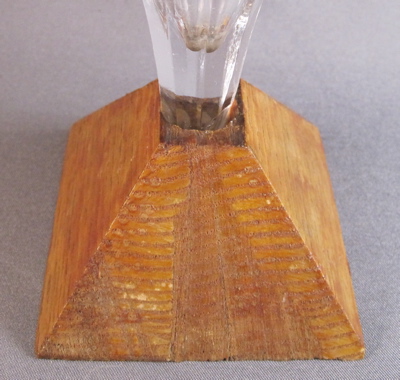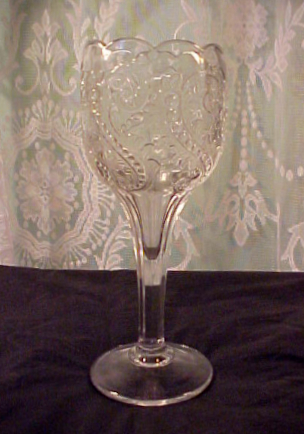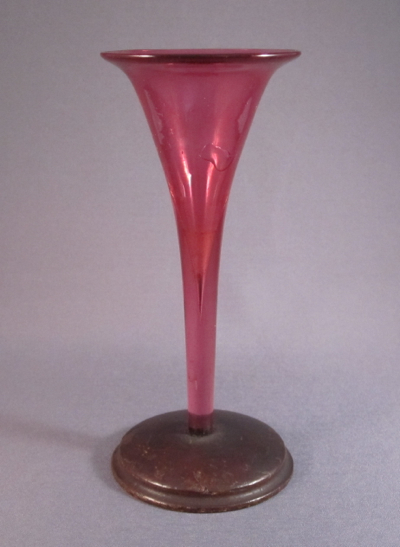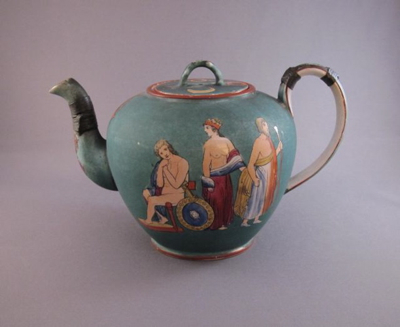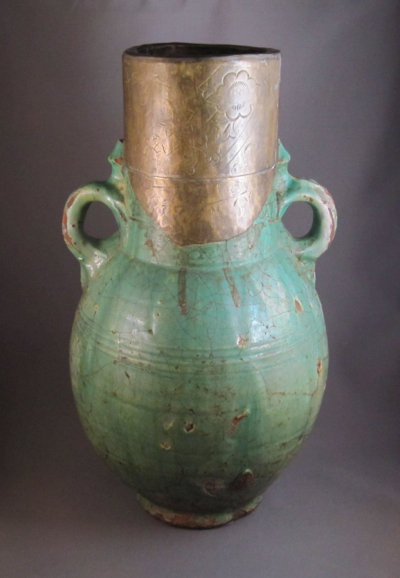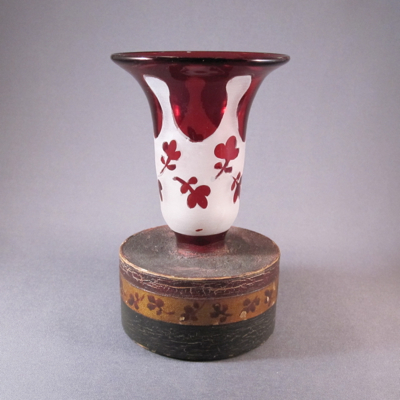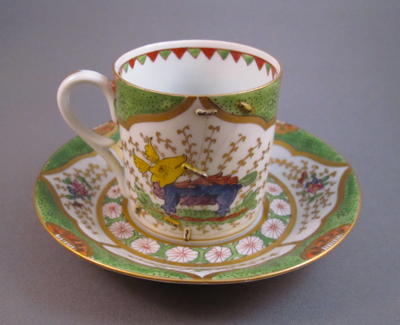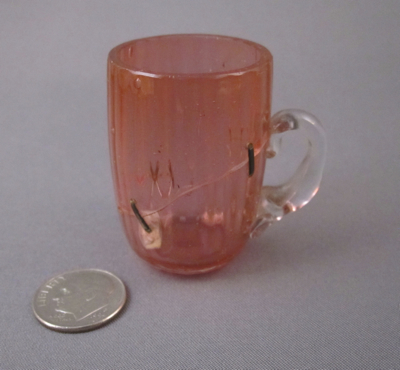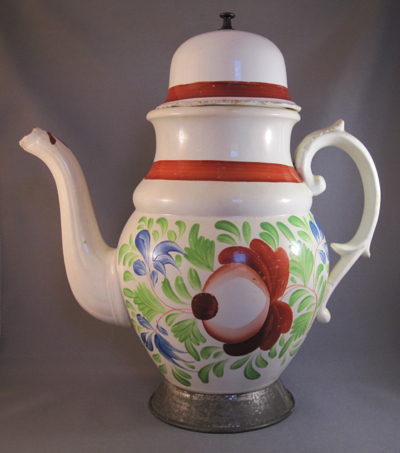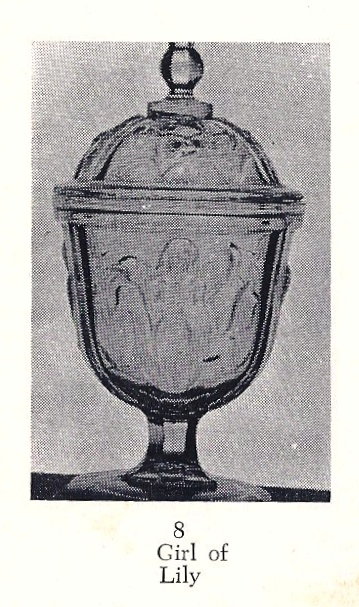I wonder how many fires were started as a result of broken candle holders. I have come across many examples with unusual replacement bases, including metal funnels, coconut shells, and blocks of wood. This is not surprising, as candleholders were handled everyday by various household members in every room of the house.
This candle holder was made in England in the late 1800s. It stands 7.5 inches high. Most likely it was one of a pair that might have been separated from its “perfect” mate. After the original brass base became detached from the stem, an overscaled wood replacement was fashioned. This well made base, complete with beveled edges and cut-line detailing along the top, measures 5 x 5 inches and appears to be a homemade make-do.
What ever happened to the matching candle holder without repair, you may ask? The story of The Prince and the Pauper comes to mind, so I imagine it has spent the past 130+ years in a castle, polished within an inch of its life, sitting prominently on a large sideboard and hobnobbing with other “perfect” things.
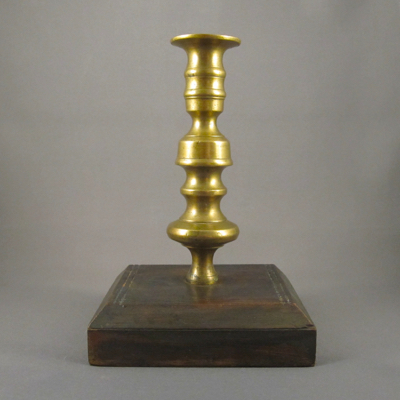



This pair of candlesticks suggests what the original octagonal base on mine might have looked like.

Photo courtesy of Selling Antiques
